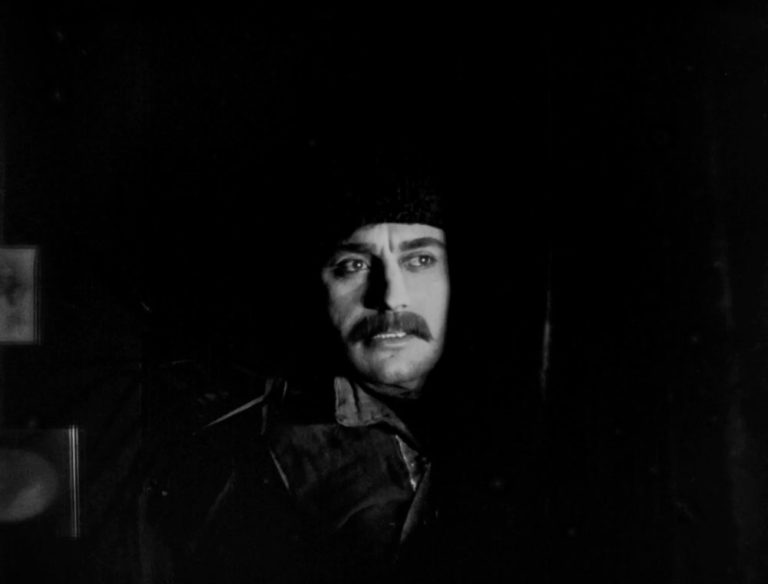+ FOUND +

Alim
1926, Second Film Studio VUFKU (Yalta), 8 parts / 2,855 m
Crimea. The middle of the 19th century. A proud and brave jigit Alim who cannot put up with the workers’ abuse, works at the leather factory of the greedy Ali-bay. One day he responds in kind. He is fired, but he takes the memories of the beautiful daughter of his ex-master, Sara, with him. Young people went their separate ways. Alim takes the revolutionary path; he and his friends go to the mountains and start an underground struggle. Only his name is enough to terrify landlords, Mirzas and civil servants. Authorities send a Cossack detachment to catch the Crimean Tatar Robin Hood.
The adventure film, which reminds an American western, was filmed based on a Crimean Tatar legend, which in 1925 was turned into a play by the repressed Crimean Tatar writer Ipchi Ümer.
The shooting of the film under the script of the Ukrainian avant-garde poet Mykola Bazhan began in the autumn of 1925, when the indigenisation policy in the national republics caused demand on the national plots. The film was shot in Chatyr-Dah and Ai-Petri until late summer of 1926. The famous Crimean Tatar theatre actor, the first People’s Artist of the Crimean Autonomous Soviet Socialist Republic Hayri Emir-zade, played Alim.
The director of the Crimean National Museum served as a film consultant as they tried to present authentic details of life of the Crimean Tatars as accurately as possible. The film gained popularity, and in 1927, it was screened in Berlin and Paris.
In 1935, the film was re-edited and re-released. Based on a secret resolution of Ukrainfilm dated 21 April 1937 No 700/p, the film was forbidden, and its copies were destroyed.
The restored film was released in 2014 at the opening of the festival Mute Nights in Odesa as a commemoration of the 70th anniversary of the deportation of Crimean Tatars.
Прем’єра фільму відбулася: 16.08.1926 в Москві, 30.11.1926 в Києві.